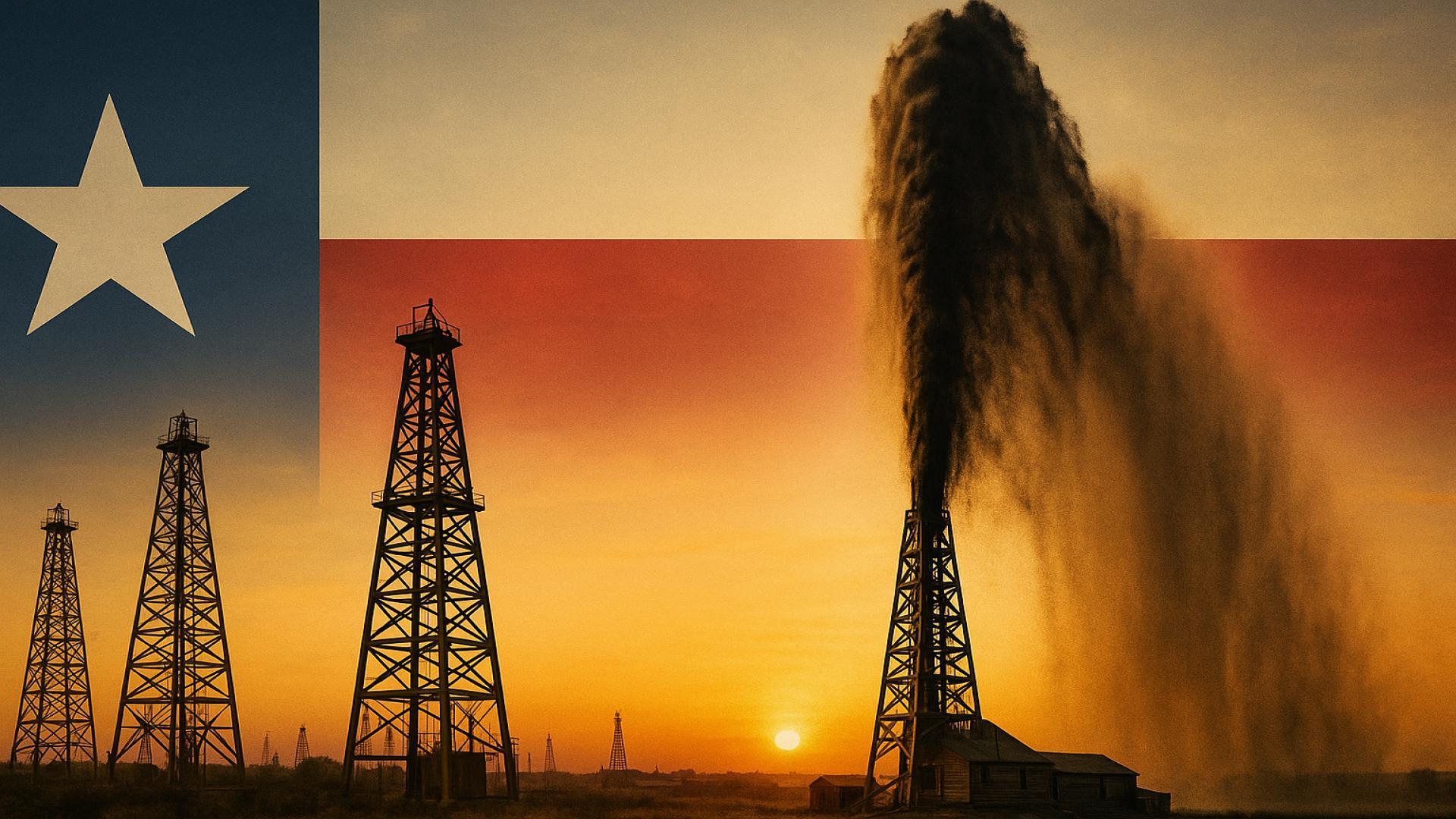3. Teapot Dome Scandal: Oil’s Political Impact

The 1920s Teapot Dome scandal exposed deep-seated corruption within the U.S. government, involving secret oil leases and bribery. While the scandal primarily centered on federal officials and oil magnates like Harry F. Sinclair and Edward L. Doheny, it also implicated individuals with ties to Texas. For instance, Ross S. Sterling, a prominent Texas oilman and future governor, was associated with Sinclair’s operations. The scandal highlighted the intricate connections between oil wealth and national politics, leading to significant reforms in federal oil policies and regulations (history.com).
















